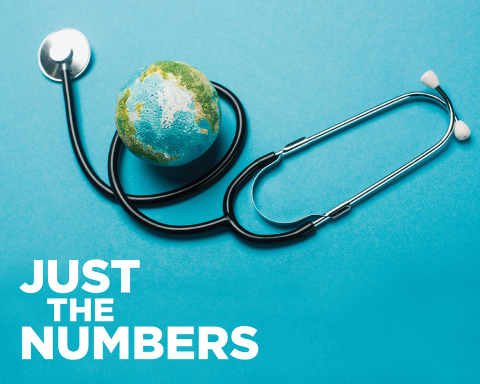In early July 2020, the U.S. House of Representatives moved forward an appropriations bill that would increase funding for the U.S. Agency for International Development’s (USAID) international family planning programs by $175 million, from $575 million in federal fiscal year (FY) 2020 to $750 million in FY 2021. The bill would also increase funding to the United Nations Population Fund (UNFPA) for its programs from $32.5 million in FY 2020 to $55.5 million in FY 2021. While this is laudable, it falls far short of what the United States should allocate to address the vast unmet need for modern contraception in developing countries. At this moment, when many countries are struggling to provide essential health care because of the COVID-19 pandemic, it is more important than ever for the United States to be a leader in foreign assistance, live up to its global health commitments and invest in a more equitable future.
Improving access to family planning, as part of a broader package of sexual and reproductive health services, is a long-term, strategic investment that has profound and measurable benefits. Not only do these programs enhance health and well-being throughout people’s lives, but they also promote gender equity, political stability, economic development and environmental sustainability. Scaling up funding to meet global needs, in partnership with other stakeholders, is in the best interests of the United States.
And with global family planning services, a modest amount of funding goes a long way. For every $10 million increase in funding, 450,000 women and couples can gain access to modern contraception. In turn, this would avert 200,000 unintended pregnancies, 67,000 unsafe abortions and 320 maternal deaths.
If the United States were to adopt the $1.03 billion funding level for FY 2021 recommended by several global health coalitions, the impact would be profound. This figure would also put the United States on course to pay its fair share of the total cost to meet all contraceptive needs in developing countries within a few years. With just over $1 billion, which is barely 0.15% of the United States’ annual $700 billion discretionary defense budget, more than 46 million women and couples would be served, almost double the current number reached. This dramatically scaled-up effort would avert roughly 21 million unintended pregnancies, seven million unsafe abortions and 33,000 maternal deaths. For families, communities and countries around the world, this level of investment could transform not only their health, but also their economies, development and progress toward gender equity.
The gains made in sexual and reproductive health over the last few decades are fragile and being tested by the COVID-19 pandemic. Even a modest decline in access to services could have a devastating impact in terms of unintended pregnancies, maternal and infant deaths, and unsafe abortions. But this outcome is preventable if policymakers act, both to shore up the progress of the past and to accelerate improvements for the future.
The United States must lead the way on this and fully embrace global sexual and reproductive health as a financial and strategic priority. This starts with investing over the long term in the services, partners and systems that make contraception available to all those who want it and providing the full range of sexual and reproductive health care. Now is a moment for U.S. leadership and action. Will we seize it?

